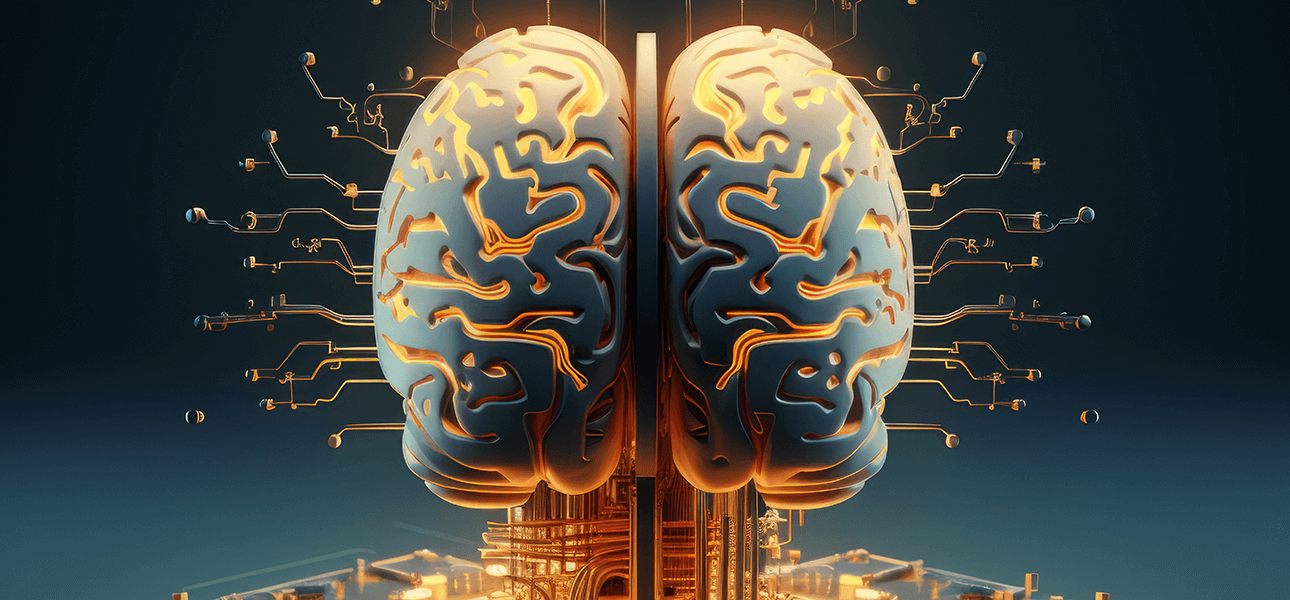
Machine learning (ML) is a subset of artificial intelligence (AI) that allows computers to learn patterns and make decisions without being explicitly programmed. Instead of following a fixed set of instructions, ML models analyze data, identify trends, and improve their performance over time. This ability to learn and adapt is what makes machine learning such a powerful tool in fields ranging from healthcare to finance and even entertainment.
At its core, machine learning relies on algorithms that process vast amounts of data. These algorithms are trained on datasets to recognize relationships between different variables. For example, an ML model trained on customer purchase histories can predict which products a user might buy next. The more data the model processes, the better it becomes at making accurate predictions. This process of learning from data is what distinguishes machine learning from traditional programming.
Machine learning can be broadly classified into three main types: supervised learning, unsupervised learning, and reinforcement learning. Each type serves different purposes and is used in varying real-world applications.
Supervised learning is the most common form of machine learning, where a model is trained on labeled data. This means that for every input, there is a corresponding output provided. For instance, in spam detection, emails are labeled as either spam or not spam, helping the model learn to differentiate between them.
Unsupervised learning deals with unlabeled data. Here, the algorithm identifies patterns and relationships on its own. This type of learning is often used for clustering similar items, such as segmenting customers based on purchasing behavior or detecting anomalies in financial transactions.
Reinforcement learning is a type of machine learning where an agent learns by interacting with an environment and receiving rewards or penalties based on its actions. It is widely used in game AI, robotics, and autonomous systems, where models must learn optimal strategies through trial and error.
To understand how machine learning works, it's essential to be familiar with its key components: datasets, algorithms, model training, and evaluation.
A dataset is a collection of data that serves as the foundation for training an ML model. Quality and quantity of data directly impact the model’s performance. Data preprocessing, including cleaning and normalization, is crucial to ensuring accurate results.
Algorithms are the mathematical rules and procedures used to train a machine learning model. Some commonly used algorithms include decision trees, neural networks, and support vector machines. The choice of algorithm depends on the problem being solved and the nature of the data.
Model training involves feeding data into an algorithm to allow it to learn patterns and relationships. This phase requires defining a loss function, which measures how well the model is performing, and optimizing the parameters to reduce errors.
Evaluation is the process of testing a trained model on unseen data to determine its accuracy and reliability. Metrics such as precision, recall, and F1-score help assess how well a model generalizes to new inputs.
Machine learning is evolving rapidly, influencing various industries and shaping the future of technology. Advancements in deep learning, a subset of ML that mimics the human brain using artificial neural networks, have led to breakthroughs in speech recognition, image processing, and autonomous systems.
The integration of machine learning with edge computing is another exciting development. Instead of relying on cloud-based servers, ML models are being deployed on local devices like smartphones and IoT gadgets. This reduces latency and enhances privacy, making machine learning more accessible and efficient.
However, challenges remain. Bias in training data, ethical considerations, and the need for explainability are critical issues that must be addressed to ensure responsible AI development. As machine learning continues to grow, striking a balance between innovation and ethical responsibility will be key to its success.
Machine learning is no longer a futuristic concept—it is a driving force behind the technologies we use daily. From recommendation systems to medical diagnostics, its impact is undeniable. As we continue to refine ML models and explore new applications, the possibilities are limitless, making it an exciting field to watch and contribute to.